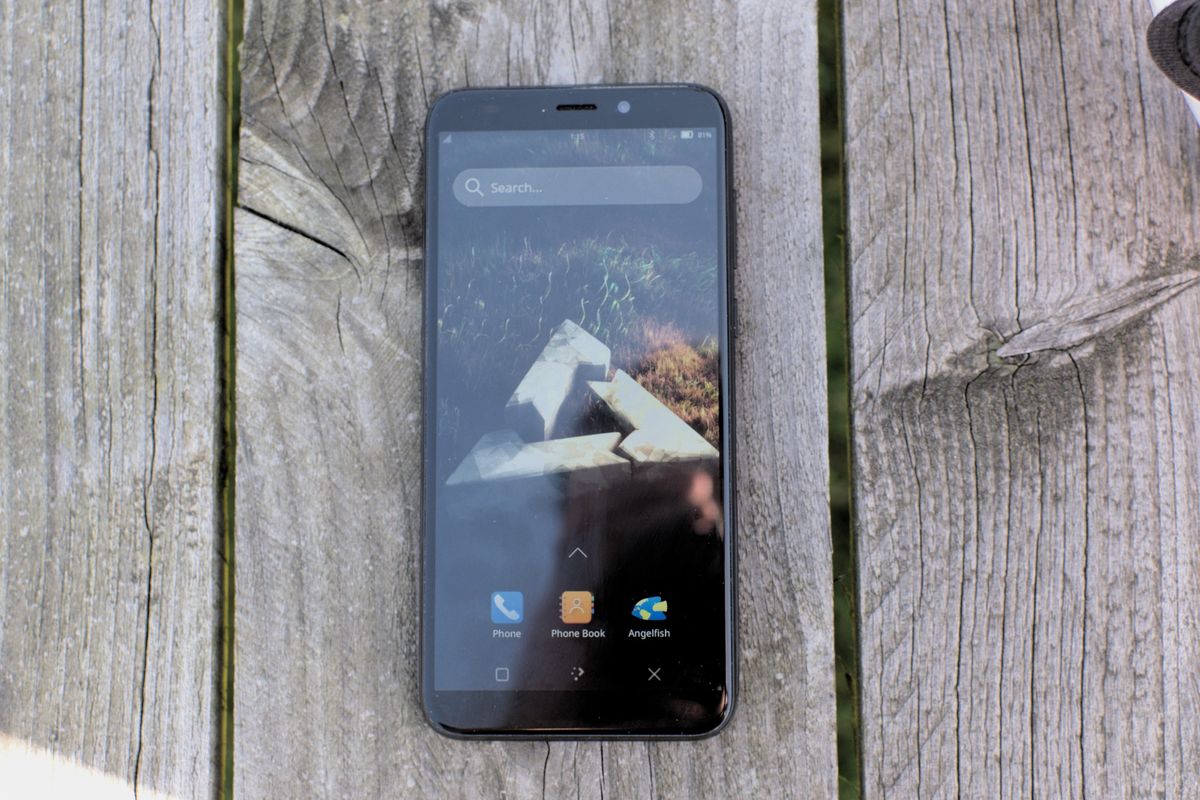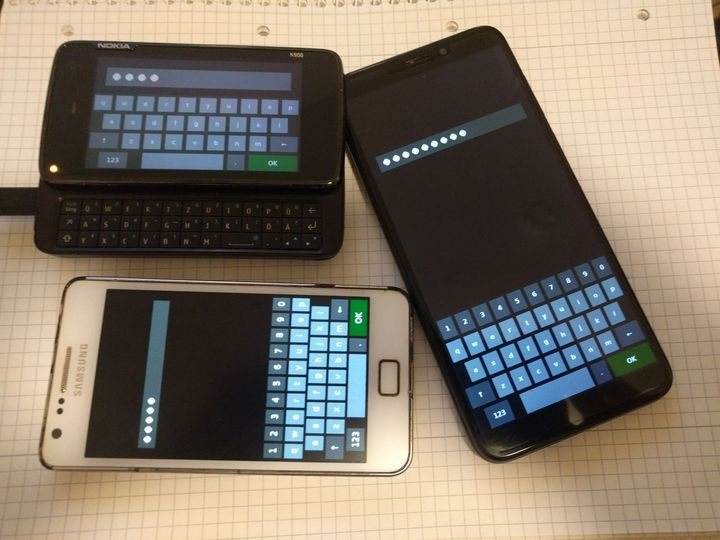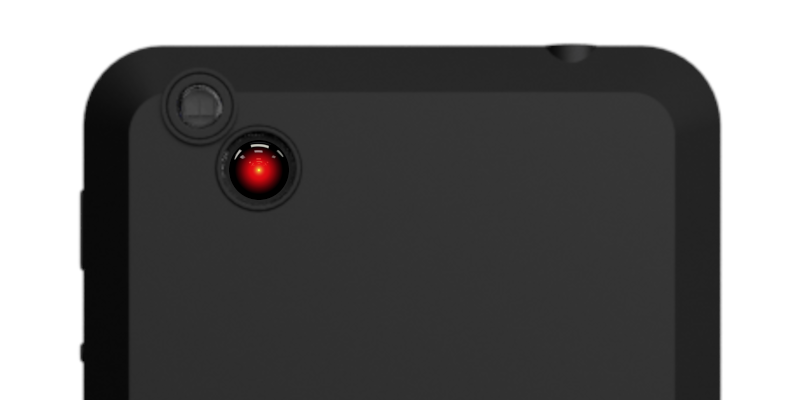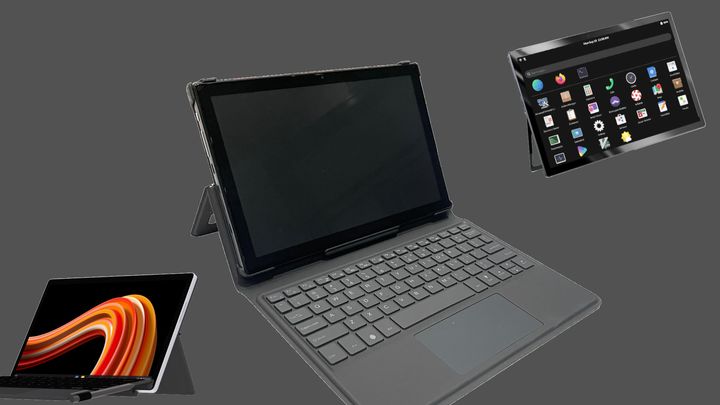postmarketOS in 2021: over 300 devices, growing technical basis and extensive "mainline" support

About one month after targeting smartwatches and weeks after its fourth birthday, postmarketOS has met another crucial milestone for its vision of an entirely sustainable, 10+ year lifecycle for portable devices: the distribution can now boot, to varying degrees of compatibility, on over 300 machines.
Deja-vu? It was exactly one year ago that a similar article was written, and 200 was the threshold back then. Which gives a hint of how fast this number is growing. Now that our loyal counter indicates 300+ booting devices, this does not include many incoming ports like the first-generation Kindle Fire, and some Alcatel and Samsung devices which were approved for inclusion and are meant to be merged soon.
📈 MILESTONE: 300 booting devices 🎉#postmarketOS #Linux
— postmarketOS New Devices Bot (@pmOS_devices) June 22, 2021
Looking at the table of device compatibility for postmarketOS, not only over 300 devices are booting, but 89 already feature full mainline Linux support, and another 31 claim a partial mainline status, meaning either work-in-progress or at least feasible mainline porting, bringing this number to 120 total candidates for "true Linux" support.
This flag leaves some room for imagination, since it is an arbitrary choice of the maintainers to decide at which point a device enters "full" mainline support. For some, this may occur after basic features like USB networking, LCD and flashing work, whereas others may flag their devices as mainlined only when a complete and stable experience is possible.

Among these, several already support graphical acceleration, meaning that even advanced graphical environments should be able to run with relative ease.
Speaking of the remaining 150+ devices, those are based on older, downstream Android kernels, meaning that while Linux applications are likely to run with little issues, and networking, input devices and audio usually work out of the box, more complex features like hardware acceleration and power management may prevent a stable or anyway smooth experience. However, the crucial difference between mainline devices and so-called downstream ones is that the latter category is based on a usually very old, likely discontinued Linux codebase prone to older kernel vulnerabilities and lacking long-term support. In other words, while you may be able to use them as relatively acceptable Linux devices, they are still essentially bound to the kernels they came out of the factory with, which in the long term might cut them out of the high-quality Linux support that makes for real sustainability over decades. It is worth noting, however, that the majority of device ports of mobile Linux projects such as Ubuntu Touch or Sailfish OS are also based on "downstream" kernels, so these are not inflating the number, but rather actual (often usable) devices.
Among these, 14 devices claim full support either as main or community ports, meaning that very active development is undergoing to keep the devices essentially suitable for daily usage. These are, with more to be added:
PINE64 PinePhone/PineTab, Purism Librem 5, ASUS MeMO Pad 7, BQ Aquaris X5, Motorola Moto G4 Play, Nokia N900, OnePlus 6/6T, Samsung Galaxy A3/A5 (2015), Samsung Galaxy S4 Mini Value Edition, Wileyfox Swift, Xiaomi Redmi 2, Xiaomi Mi Note 2
Merely adding devices is not, however, all that is happening in postmarketOS. Larger changes are occurring under the hood, with added support to many relevant desktop projects such as Sailfish OS's Glacier, the minimal SXMO mobile tiling DE and the watch-oriented Asteroid OS interface.
New software such as postmarketOS-tweaks was developed, a new charging UI is being considered and ongoing work is being done to turn this distribution into a fully-featured mobile Linux OS. Another important improvement is that the popular series of PowerVR GPUs is finally seeing the light in mainline Linux, with initial (although closed-source) drivers being added and thus extending to a wider category of devices like the majority of MediaTek SoCs. This opens the project to the extended realm of cheaper, often outdated yet capable mobile devices, although the road on the processor-reversing side for minor brands like Spreadtrum and Mediatek is still long. Turning any phone into a working, sensor-rich low-power Linux computer is the utopia that we are still far from seeing, yet are one step closer to approaching.
To catch a glimpse of what is coming in the near future of postmarketOS, with ambitious plans like net-booting the distribution (in a "live CD" fashion) without overwriting the Android system partition, full Android ("Anbox") app support and using the distribution as a compact and extensible Android recovery tool, the aggregate bug tracker is the best place to start.

Cover picture: M. Braam / postmarketos.org





Comments ()